The results of the latest WTTC report on the Economic and Labor Impact of Travel and Global Tourism and the degree of dependence that the GDP of each country has on its tourism and travel sector have recently been presented. The report provides data for 185 countries/economies and 25 geographic or economic regions of the world. These reports, along with those from Oxford Economics, are a vital tool to help countries equip public and private sector bodies with strong evidence of the enormous value that travel and tourism brings to the economy, so that its policy-making and investment decisions can support the travel and tourism industry around the world.
The tourism and travel sector contributes to the average GDP of the eurozone with a contribution of 6.2%, as shown in the first graph, in which you can also see the contribution of the sector to the GDP of each country in 2021 This sector has been hit hard by the pandemic, affecting economies around the world, but especially that of the countries most dependent on income from that sector.
Before the pandemic, travel and tourism (including its direct, indirect and induced impacts) accounted for 1 in 4 of all new jobs created globally, 10.3% of all jobs ( 333 million) and 10.3% of global GDP (US $9.6 trillion). Meanwhile, international visitor spending amounted to US$1.8 trillion in 2019 (6.8% of total exports).
- After a loss of almost US$4.9 trillion in 2020 (-50.4% decrease), Travel & Tourism’s contribution to GDP increased by US$1 trillion (+21.7% increase) in 2021 .
- In 2019, the travel and tourism sector contributed 10.3% to global GDP; a proportion that decreased to 5.3% in 2020 due to continued restrictions on mobility. In 2021, the share increased to 6.1%.
- In 2020, 62 million jobs were lost, representing a drop of 18.6%, leaving only 271 million employees in the entire sector globally, compared to 333 million in 2019. In 2021, 18 were recovered, 2 million jobs, which represents an increase of 6.7% year-on-year.
- Following a 47.4% decline in 2020, domestic visitor spending increased 31.4% in 2021.
- After a 69.7% decline in 2020, international visitor spending increased by 3.8% in 2021.The following three graphs show the Economic Impact of Travel and Tourism in the years 2019, 2020 and 2021:
The following three graphs show the Economic Impact of Travel and Tourism in the years 2019, 2020 and 2021:
YEAR 2019
YEAR 2020
YEAR 2021
The results of the behavior of travel and global tourism are distributed unequally according to the tourist regions. The worst performing region was Oceania, which was the only region where its contribution to regional GDP decreased, which was -4.5%. In contrast, the region whose contribution grew the most was Southeast Asia, with an increase of 37.7%.
When the results are analyzed based on the type of travel and tourism carried out in the three years: 2019, 2020 and 2021, it is possible to see the damage that the pandemic has caused to the results of 2020 and how the recovery was distributed the following year between domestic and international tourism, as well as between leisure and business tourism.
The following graph will allow us to analyze the behavior of the results in the 20 countries that supported the highest growth in each of the 5 factors previously analyzed.
The following graph shows us the ranking of the contribution of travel and tourism to GDP of each country.
The following three graphs show us the data for Spain:
1. Key data from Spain
In Spain, COVID has had a particularly negative impact on tourism activity. The contribution of the travel and tourism sector went from representing 14.3% of GDP in 2019, before the pandemic, to 8.5% in 2021. Despite this decrease, the figure is still higher than the European average ( 6.2%).
2. Data by sector
3. Data of arrivals and departures from Spain to other countries
The following three graphs show the data of our neighbor Portugal:
1. Portugal key facts
2. Data by sector
Data of arrivals and departures from Portugal to other countries
Forecasts for the rest of the year and 2023
According to the Oxford Economics report, European Tourism 2022: Trends and Prospects, strong pent-up demand meets high inflation ahead of the start of the summer season. Destinations across Europe continue to relax travel restrictions as Covid-19 concerns fade, allowing the release of strong pent-up demand (short and medium haul). However, skyrocketing energy prices and skyrocketing inflation in some countries are pushing travel costs even higher, prompting people to travel closer to home or consider cost-saving options. It remains to be seen how households (especially low-income ones) will offset travel spending this summer amid rising consumer prices and shrinking disposable income.
Worsening inflation, prolonged war break, resurgence of the pandemic and economic turmoil continue to jeopardize tourism prospects. The latest available data indicates that European tourist arrivals are 43% below pre-pandemic levels between January and March this year, while the outlook for 2022 in general suggests that the region has recovered 70%. % of pre-pandemic travel demand.
Despite the headwinds, the will to travel this summer will prevail. The latest data shows that, across all reported destinations, more than four out of five recorded declines below 50% from 2019 levels. Bulgaria (-8%), Serbia (-10% ) and Turkey (-14%) recorded the strongest rallies. Monaco (-22%), Croatia (-30%), Iceland (-35%) and Slovenia (-37%), the only destinations reporting data through May, also saw a strong recovery. At the other end of the spectrum, Latvia’s geographic proximity to Russia is slowing down the country’s tourism recovery from the pandemic (-63%) following massive hotel booking cancellations. Slovakia and the Czech Republic are among the Eastern European destinations exceeding 50% decline.
What happens with the travel and tourism sector in 2023 will depend on what happens with the Ukraine War, but everything suggests that the conflict is going to last a long time and worst of all, the possibility of an escalation in the conflict continues to increase or if it spreads to other countries, which would seriously harm the forecasts of the sector, and not only because of how this worsening would affect inflation and energy prices, but also because of the fear of traveling abroad due to the conflict, something similar to what happened in times of pandemic.
Sources: World Travel & Tourism Council (WTTC), Oxford Economics, Statista
El artículo original se puede leer en español en este enlace.
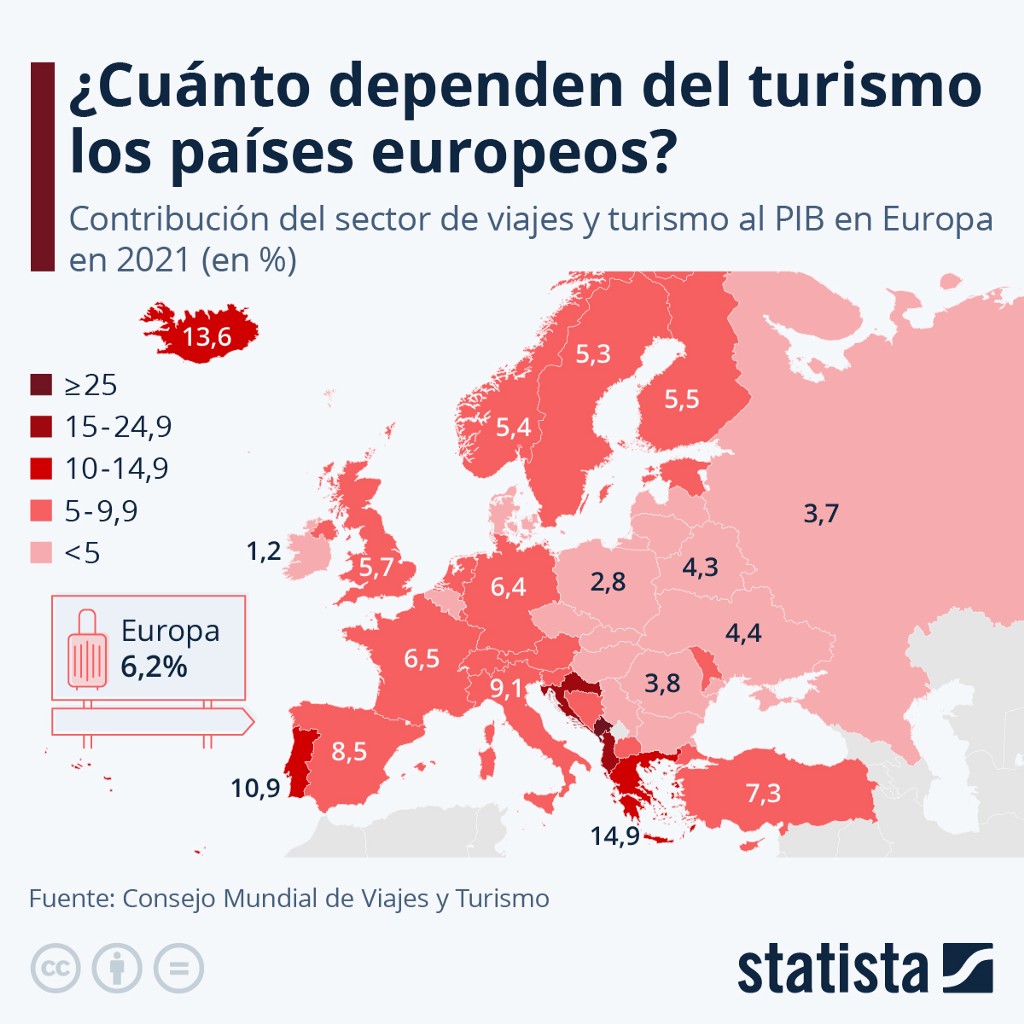
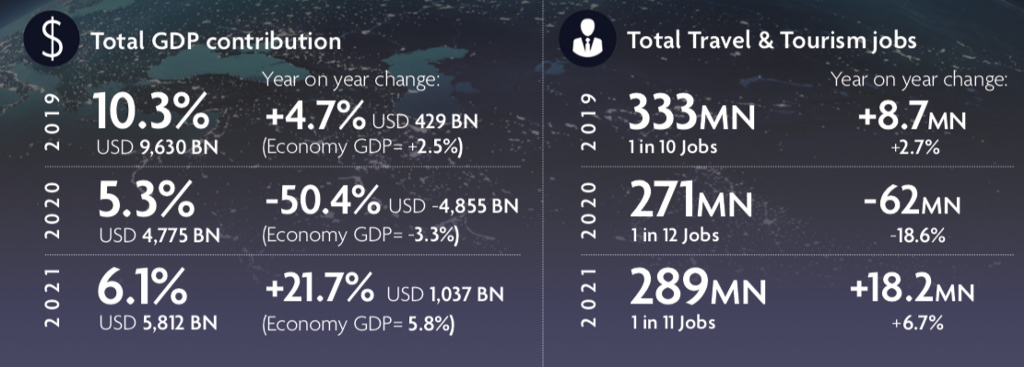
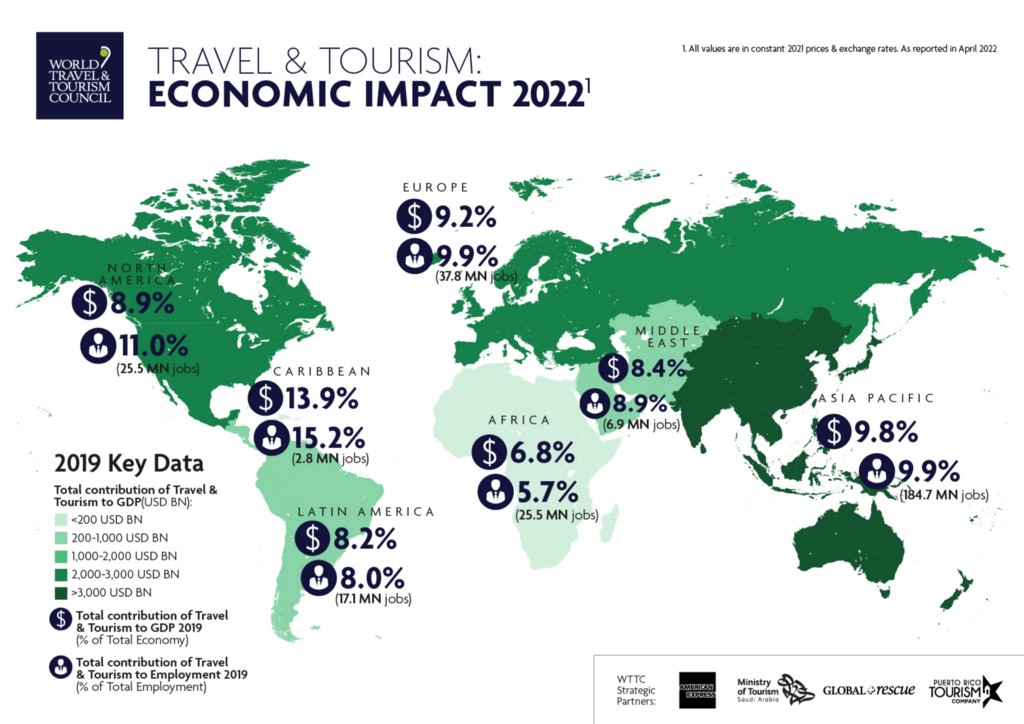
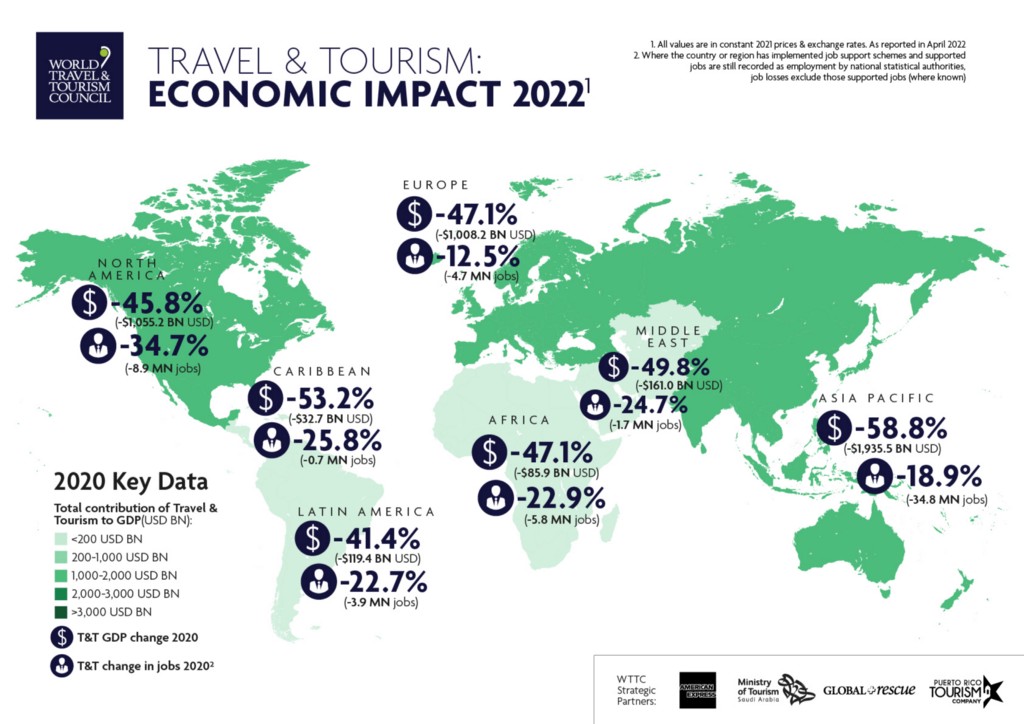
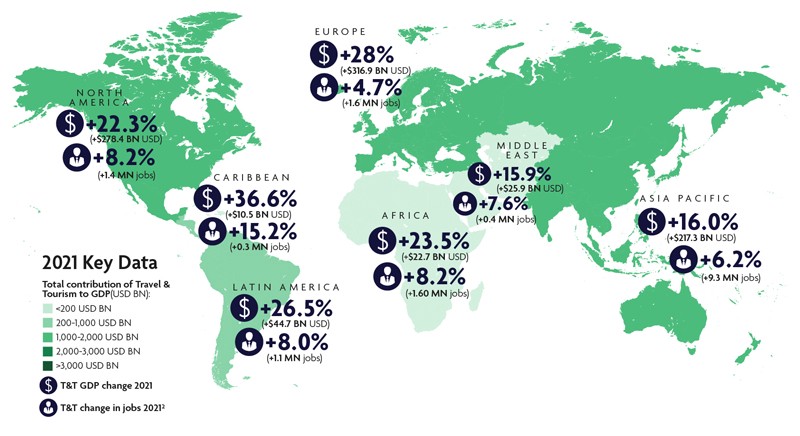
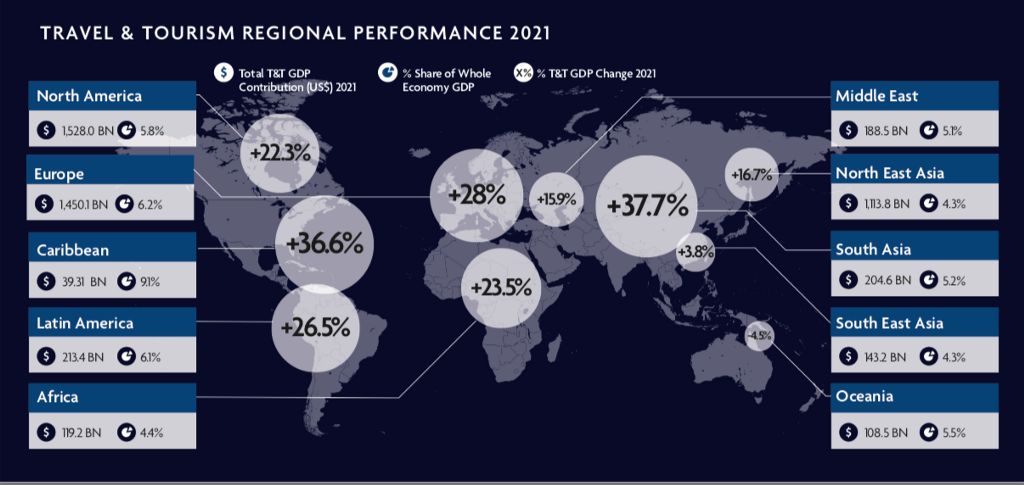
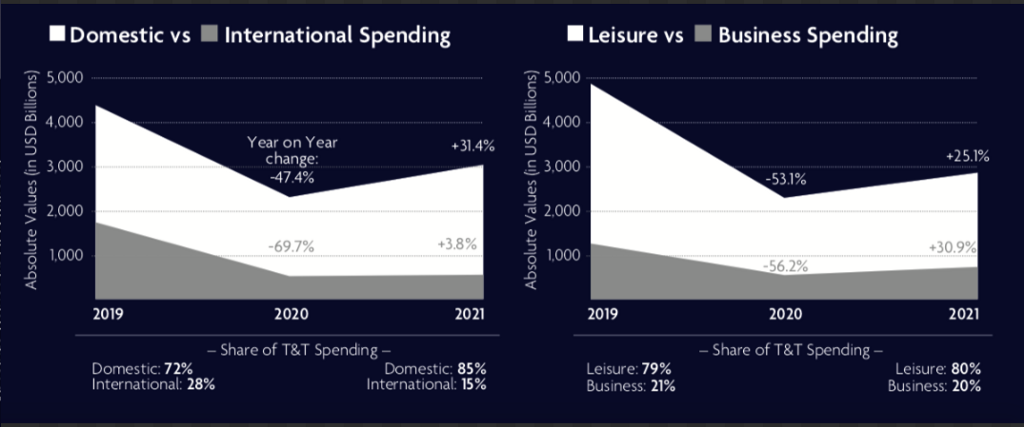
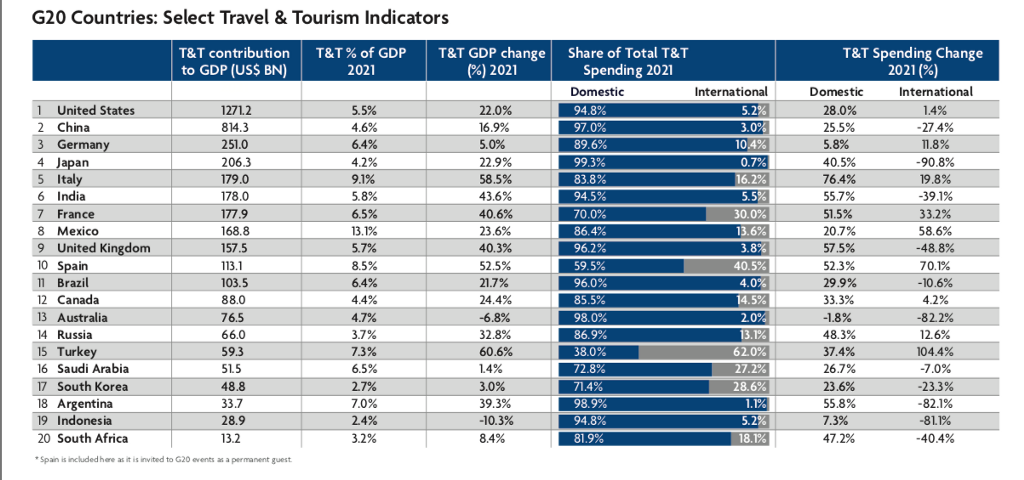
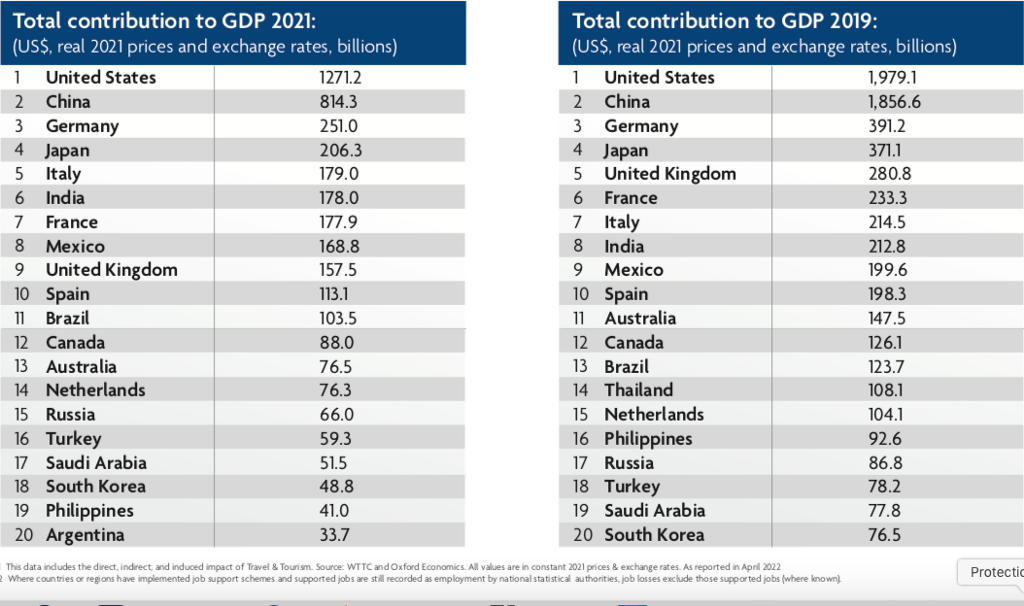
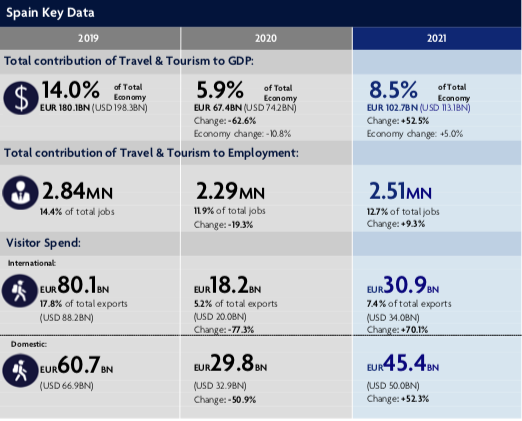
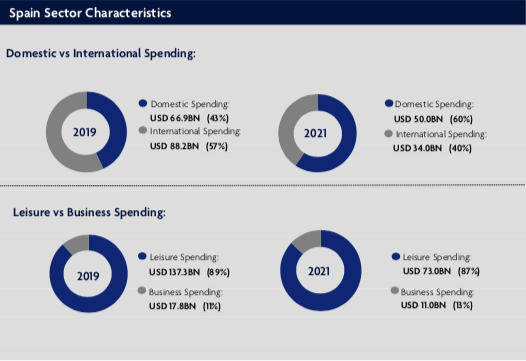
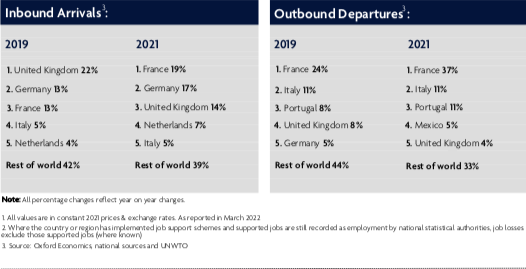
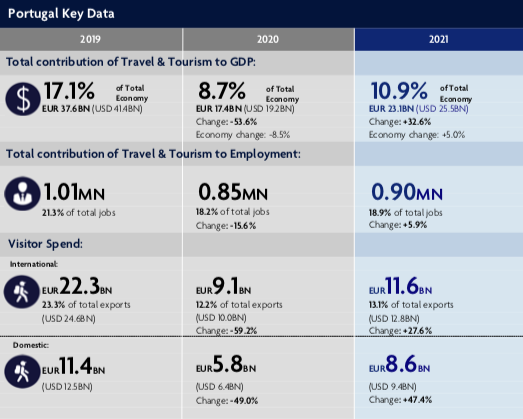
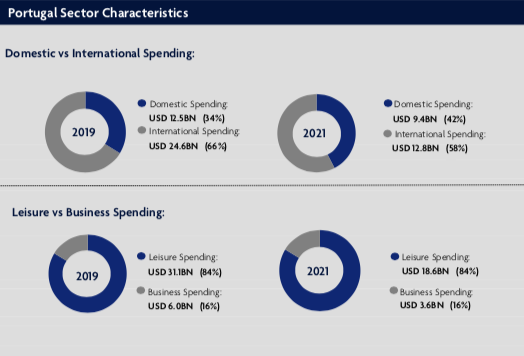
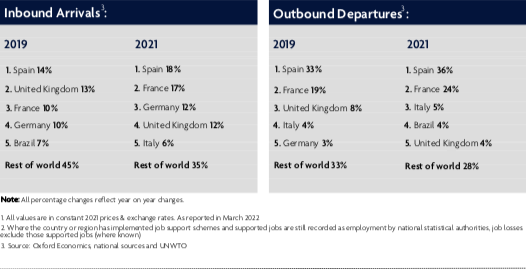
Comments